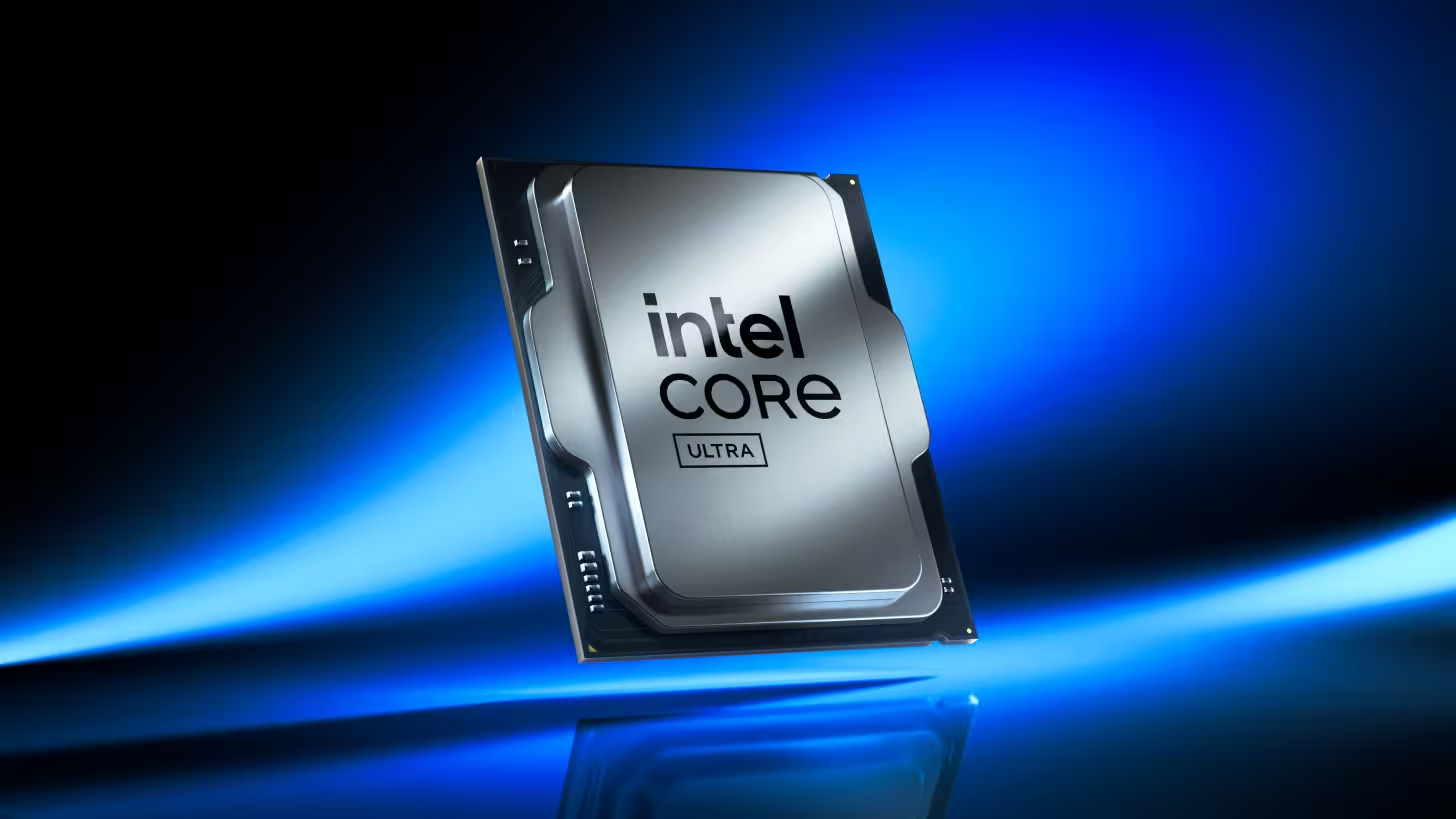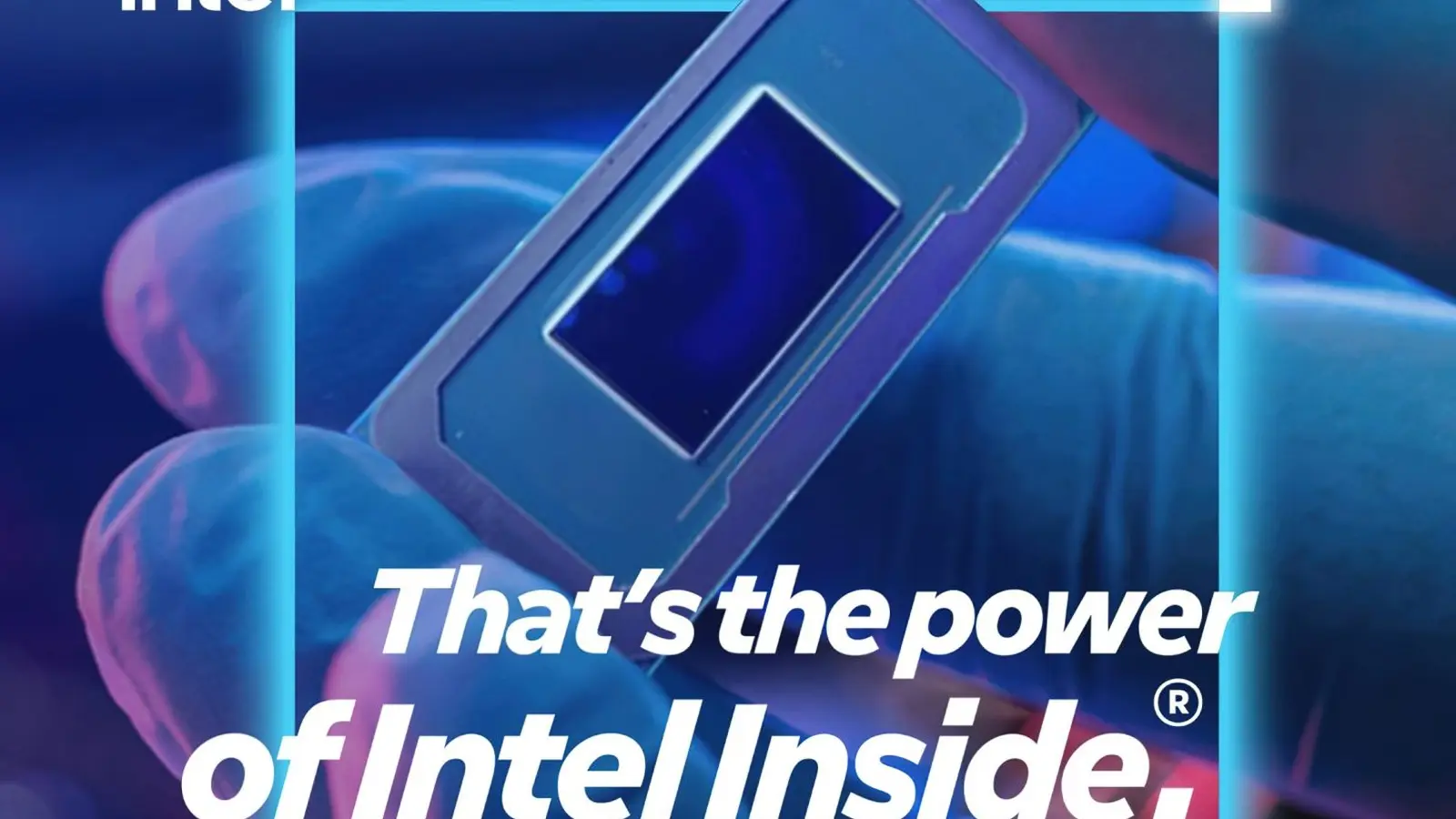3 Minutes
Intel admits Arrow Lake underperformed — Nova Lake aims to close the gap
At the Deutsche Bank 2025 Technology Conference, Intel CFO David Zinsner candidly admitted the Arrow Lake desktop launch fell short in the high-end desktop (HEDT) segment. Arrow Lake's gaming and high-performance credentials lagged behind expectations, while AMD's Ryzen 9000 AM5 family — especially 3D V-Cache SKUs — captured momentum. Intel says Nova Lake, arriving across desktop and laptop lines in 2026, will deliver a fuller SKU stack and a stronger competitive offering against AMD’s Zen 6 desktop parts.
Product roadmap and strategic pivots
Intel plans multiple client and server introductions through 2026 and beyond. On the client side, Panther Lake and Nova Lake are slated to refresh mobile and desktop portfolios. For servers, Intel will ship Clearwater Forest (Xeon 7E) and Diamond Rapids (Xeon 7P) soon, with Coral Rapids positioned as a later, higher-impact follow-up likely in the 2027–2028 window.
Process and chiplet strategy
Diamond Rapids, Clearwater Forest, and Panther Lake are expected to use Intel's 18A node. Nova Lake will employ a hybrid tile approach combining TSMC and Intel technologies for its chiplet tiles — a move meant to optimize performance-per-watt and time-to-market.
Server strategy: SMT reinstated and Coral Rapids as the comeback vehicle
Zinsner also highlighted changes to Intel’s Xeon roadmap: a shift back toward simultaneous multithreading (SMT) after earlier non-SMT plans were abandoned. While Diamond Rapids improves performance in some workloads, Intel says it does not fully close the gap with AMD EPYC. Coral Rapids has been identified as the ‘‘real opportunity’’ to regain ground in the data center by delivering better performance and efficiency at scale.

Features, comparisons and advantages
- Features: Expanded Nova Lake SKU range, hybrid tile manufacturing, 18A-enabled client/server parts, SMT-enabled Xeon roadmap.
- Comparisons: Nova Lake aims to directly challenge Ryzen 9000/Zen 6 in single-threaded and multi-threaded workloads; Coral Rapids expected to push Xeon competitiveness versus EPYC.
- Advantages: Improved performance-per-watt, broader SKU coverage for HEDT, restored multithreading support for data-center workloads, and better pricing power as efficiency improves.
Use cases and market relevance
Nova Lake targets gamers, creators, and professionals who require high single-thread and multi-thread performance. Server updates (Diamond Rapids, Clearwater Forest, Coral Rapids) focus on cloud providers, enterprise virtualization, and AI-inference workloads where per-watt throughput and SMT matter. Intel’s roadmap adjustments underline the company’s effort to defend desktop and server market share against AMD and to reassure partners and customers about long-term competitiveness.
Outlook
Intel accepts that this year’s desktop cycle underdelivered, but with Nova Lake’s more complete SKU lineup and a re-tooled Xeon roadmap that reintroduces SMT and targets Coral Rapids as a major inflection point, the company expects to improve its position in 2026 and beyond.
Source: wccftech


Leave a Comment